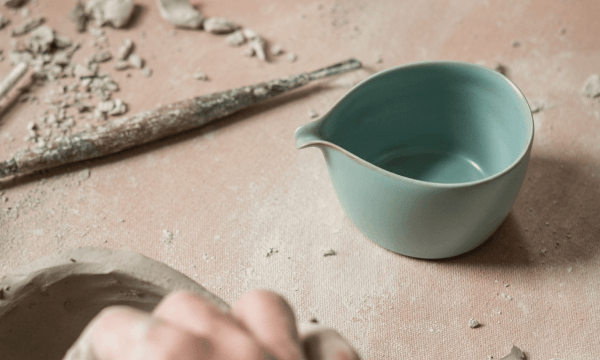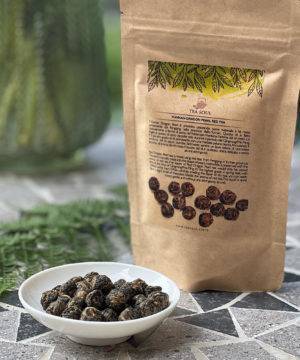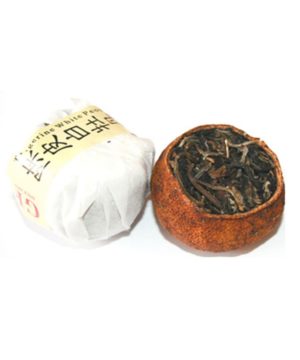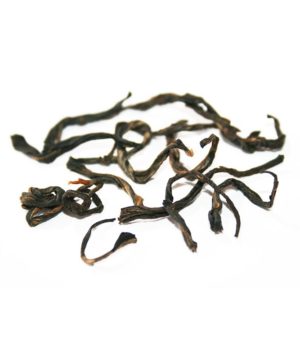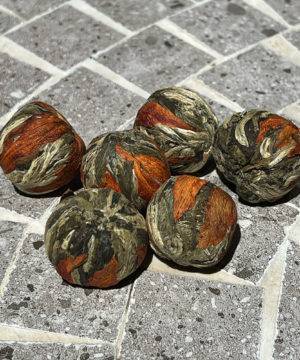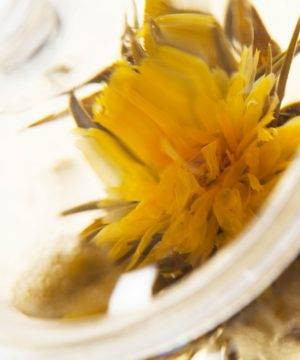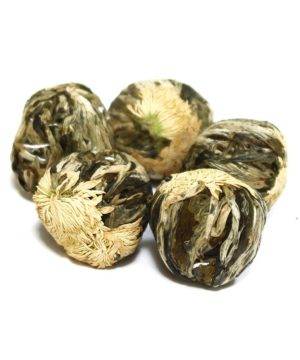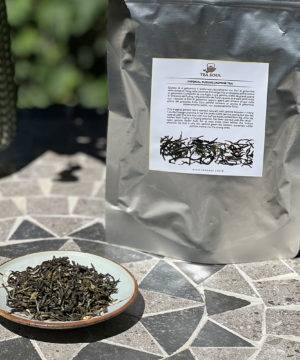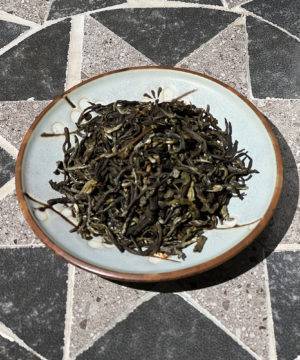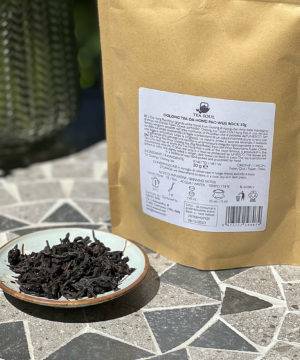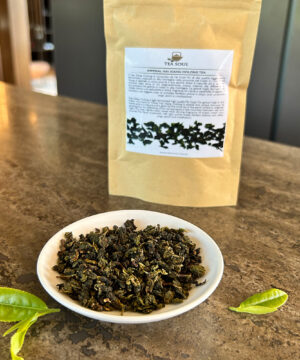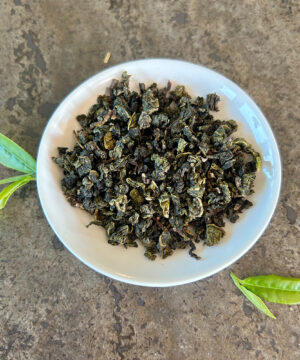-
×

 1 × 3.91€
1 × 3.91€
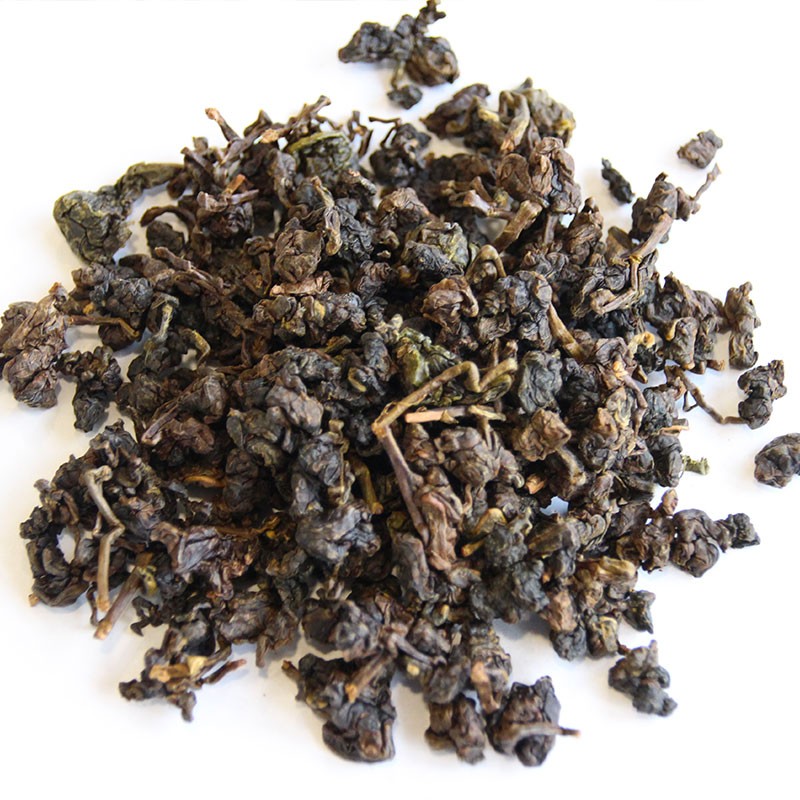

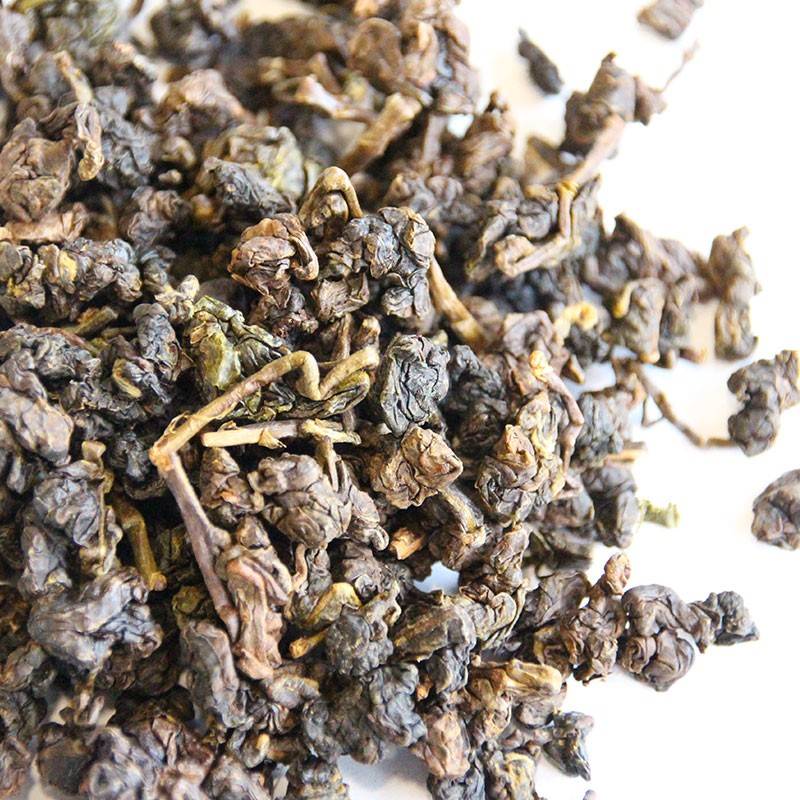

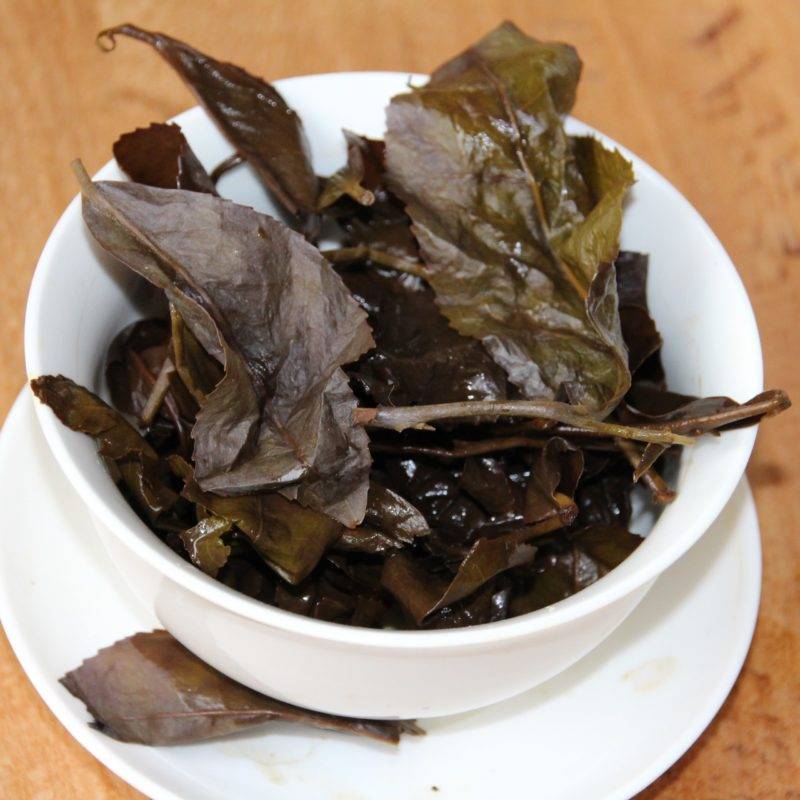

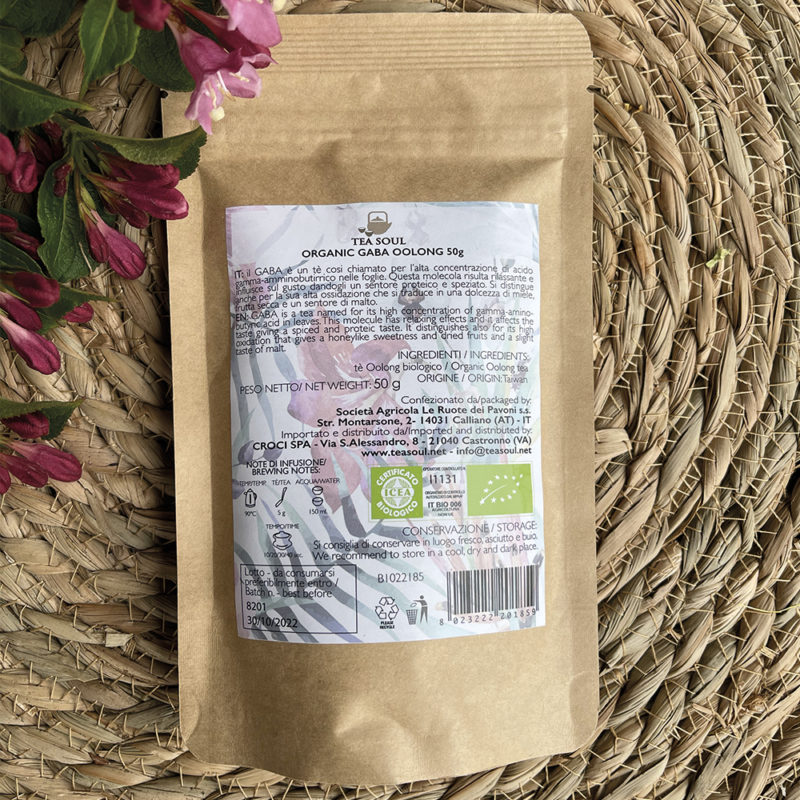

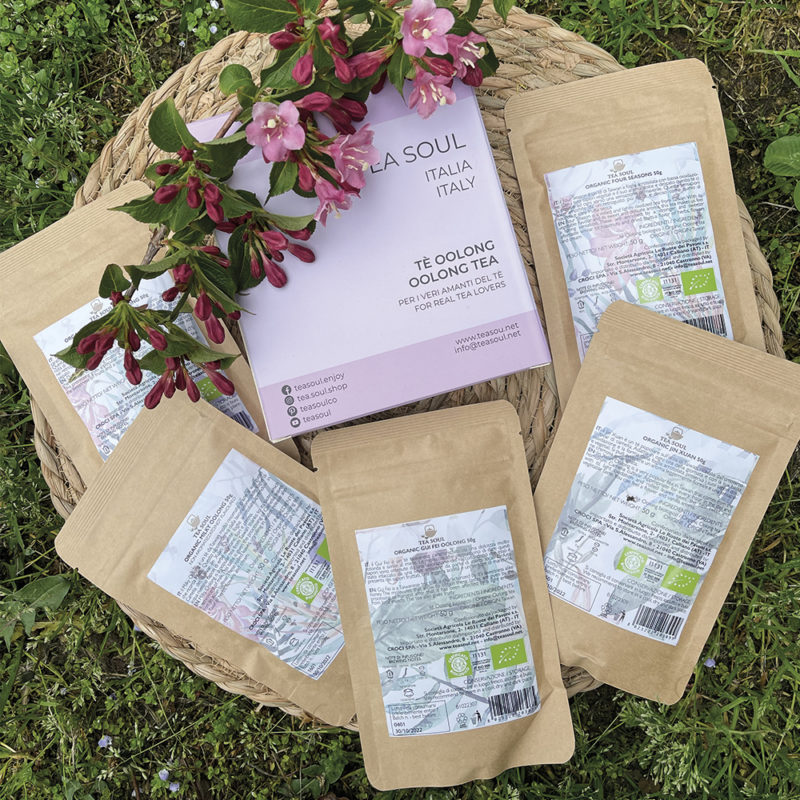

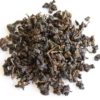

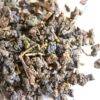

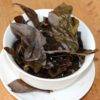



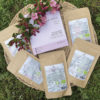

Gaba Organic Oolong Tea
4.40€ Taxes included
This GABA oolong, in addition to being valuable for the well-being of our bodies, has a sweet flavor, with soft notes of malt and caramel and a slight tartness of red fruits.
SKU: te-oolong-biologico-gaba
Categories: Tea, Oolong tea, Organic tea, TrovaPrezzi, COLLECTIONS
DON'T MISS DISCOUNTS AND NEWS!
Subscribe to our WhatsApp channel and receive all updates quickly and conveniently!
Subscribe to our WhatsApp channel and receive all updates quickly and conveniently!
GABA teas are a popular type of product because of their higher concentration of gamma-aminobutyric acid (GABA). This amino acid has several benefits on our body: it can help us relax the nervous system, provide useful inputs for the disposal of free radicals, and lower blood pressure.
Given the recent popularity, teas made with this particulate technique undergo different processing: we thus obtain GABA teas of various types, from green teas to oolongs and reds, in order to meet everyone’s taste.
Regardless of how good these infused leaves can do for our bodies, we decided to add this additional GABA oolong to our catalog because of its very different aromas compared to Ruby GABA. In addition to the different production area of these two teas, the difference in cultivar already takes us down two somewhat different flavor paths: the Ruby GABA will in fact turn out to be connoted by a more woody flavor than the more vegetal one that we can find among the flavor notes of this product. Processing also contributes to another major difference, as this new GABA oolong has a less intense roast. A well-defined body can also be detected in this tea, which has some slight acidic hints similar to those of some red fruits.
Tasting – Sight and smell
Organic GABA oolong tea has rather irregularly shaped and sized applique leaves, rather dark gray-green in color with light green, brown and ochre tips. Once infused, they release aromas of balsamic wood and sweet notes of caramel and cookie, as well as more fruity hints reminiscent of baked plum and candied cherry. In the cup, the liquor is dark gold with amber highlights.
Tasting Notes
GONG FU CHA
The first infusion of GABA organic oolong tea already has its signature sweet hints: caramel, candied fruit, and malt cookie, with a sugary sensation lingering in the back of the throat. With the second infusion, the taste is enriched with a hint of wildflower honey, fruity notes reminiscent of plums and ripe red fruits, and hints of dried fruits such as dates and praline almonds. The third brew shows a much denser body: the enveloping notes of honey, malt, and caramel again prevail, with a long persistence of candied fruit on the finish.
WESTERN
GABA organic oolong tea’s first notes are the incredibly sugary ones of candied fruit, prunes in syrup, and caramel. Notes of honey, dates and dried figs follow, along with malt sweetness. Only toward the finish is there a very slight acidic note reminiscent of red fruit compote, particularly cherry. Caramel sugar and malt prevail again in the closing, as soft and enveloping as the body of this tea on the palate.
Place of origin
Taiwan
Production
After harvesting, GABA organic oolong tea leaves undergo a short withering in the sun, which is followed by a resting phase on indoor bamboo trays. Before moving to the usual oxidation stage, the tea is allowed to rest for a few hours in a nitrogen-enriched vacuum environment in order to activate the GABA production process in the leaves. This is followed by the oxidation stage, through manual massaging of the leaf by the master producer. Once the tea reaches the desired level of oxidation (around 60%) the leaves pass into a charcoal-heated oven where the enzyme activity is stopped. After this stage in the oven, the leaf is given its rolled shape either by a special machine or by hand.Once the tea has been dried, losing its residual moisture, it is ready to be consumed.
How to prepare
We highly recommend infusing Gaba organic oolong tea in the traditional Chinese method (gong fu cha) to best enjoy these leaves. Following this preparation, 5 grams of leaves (about 3 teaspoons) can be used in a gaiwan of about 100 ml to make several infusions with different tastes. After a quick rinse of the leaves in water at 95°C, an initial infusion of 15 seconds can be made, and after that, keeping the water at the same temperature, the time can be increased each time by 10 seconds from the previous infusion (15 – 25 – 35 …).
This tea has a longevity of about 6 brewings.
For a classic preparation in the Western style, we recommend 2 grams of leaves (about 1 teaspoon) in a 150-mL cup with 95°C water for an infusion time of one and a half minutes.
If you would like to experiment with infusing this tea with different amounts of leaves try to think of a suitable amount to allow the leaf to expand freely into the liquid without being compressed or hindered in doing so. By doing so, you will make the most of this product without hindering the extraction of flavour substances.
The tea can be filtered for greater ease at the moment of tasting, and also the infusion times indicated above are intended to be purely indicative, so you can also adjust according to your personal taste.
Organic GABA oolong tea is recommended to be stored in a cool, dry place away from direct sunlight.
| Weight | 0.000000 g |
|---|---|
| Dimensions | 0.000000 × 0.000000 × 0.000000 cm |
| Detail - Temperature | 95°C |
| PACKAGE | 10 g, 25 g, 250 g, 50 g |
| Detail - Brewing | warming |
| Feature - Caffeine | Medium caffeine |
| Preparation - Gaiwan | 5g-100ml / 15-25-35… sec / 6 brewings |
| Preparation - Mug | 2g-150ml / 90… sec / 2 brewings |
| Feature - Oxidation | Partial oxidation |
| Other - Origin | Taiwan |
| Other - Taste | Citrusy/sweet |
| Other - Instants | Drink |
| Season |






Related products
Sale!
Yunnan China
Earn up to 82 points.
This product has multiple variants. The options may be chosen on the product page
10.40€ Taxes included
Earn up to 81 points.
This product has multiple variants. The options may be chosen on the product page
6.90€ Taxes included
Earn up to 25 points.
This product has multiple variants. The options may be chosen on the product page
9.20€ Taxes included
Earn up to 81 points.
This product has multiple variants. The options may be chosen on the product page
9.20€ Taxes included
Earn up to 81 points.
This product has multiple variants. The options may be chosen on the product page
Fujian China
9.20€ Taxes included
Earn up to 61 points.
This product has multiple variants. The options may be chosen on the product page
12.80€ Taxes included
Earn up to 110 points.
This product has multiple variants. The options may be chosen on the product page
9.20€ Taxes included
Earn up to 63 points.
This product has multiple variants. The options may be chosen on the product page





